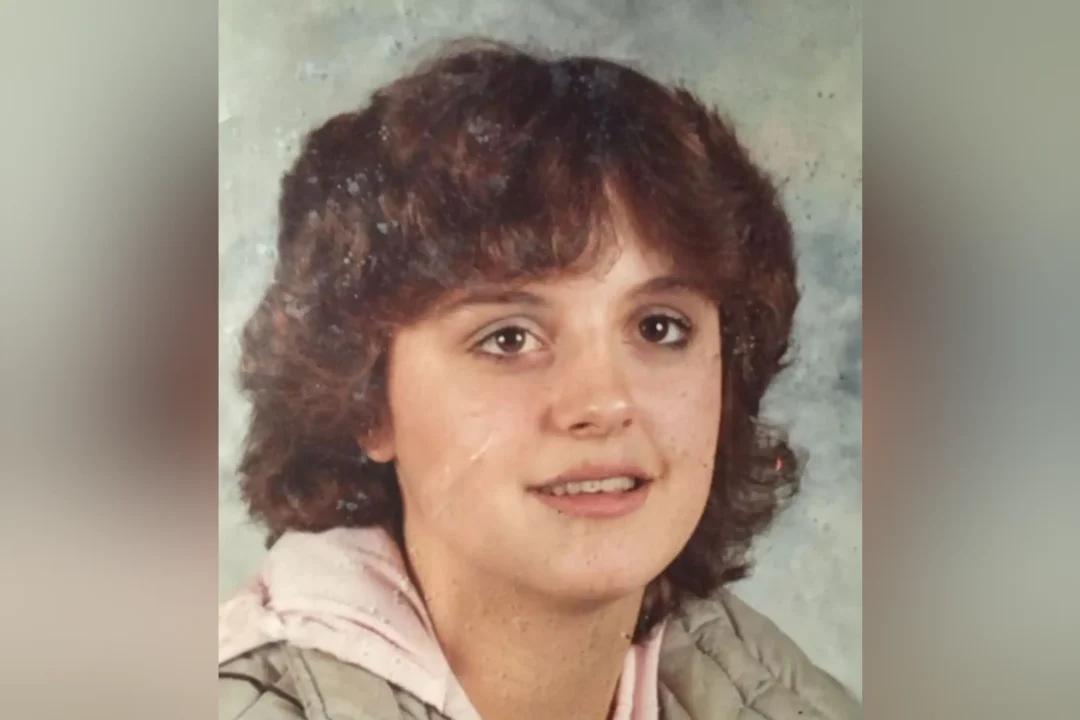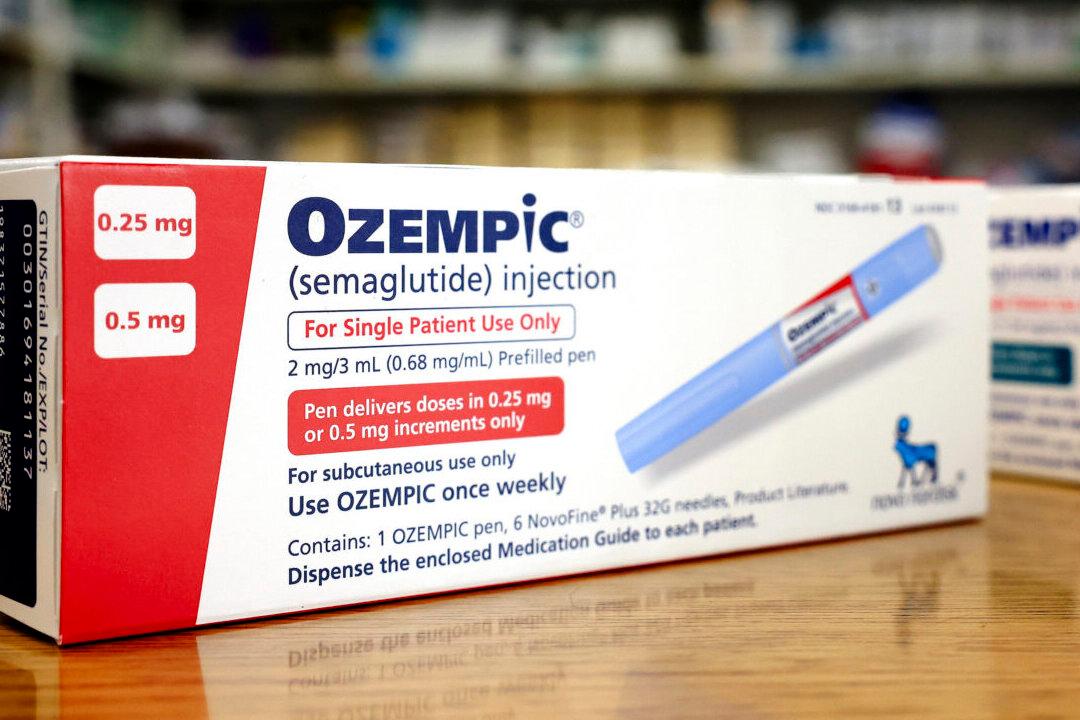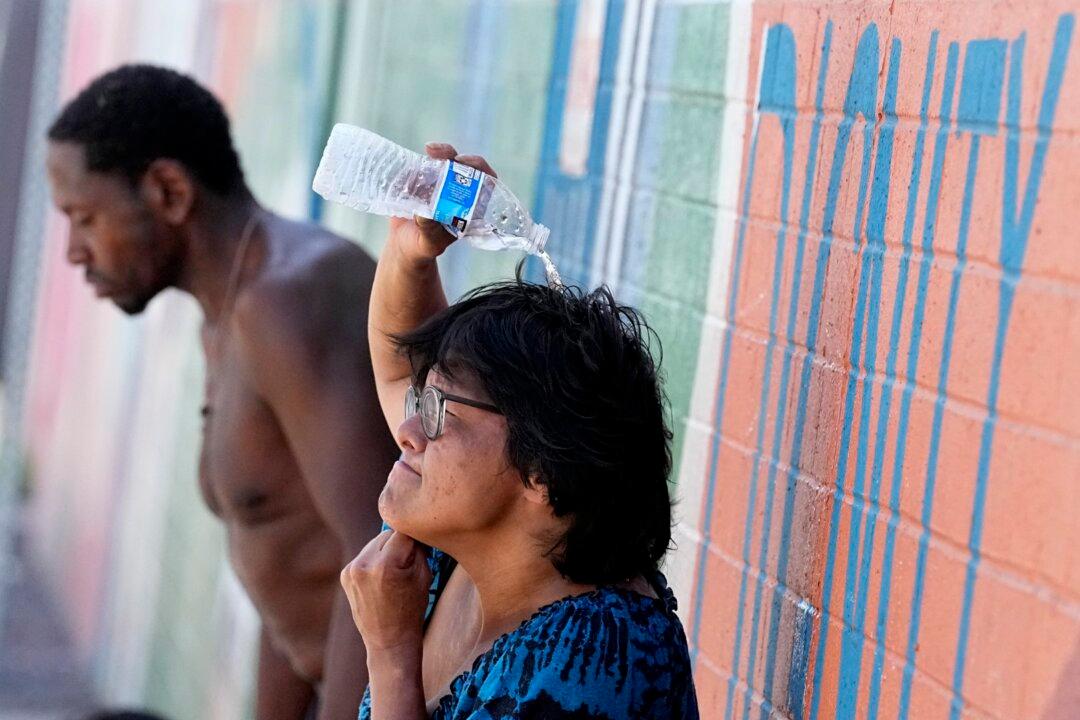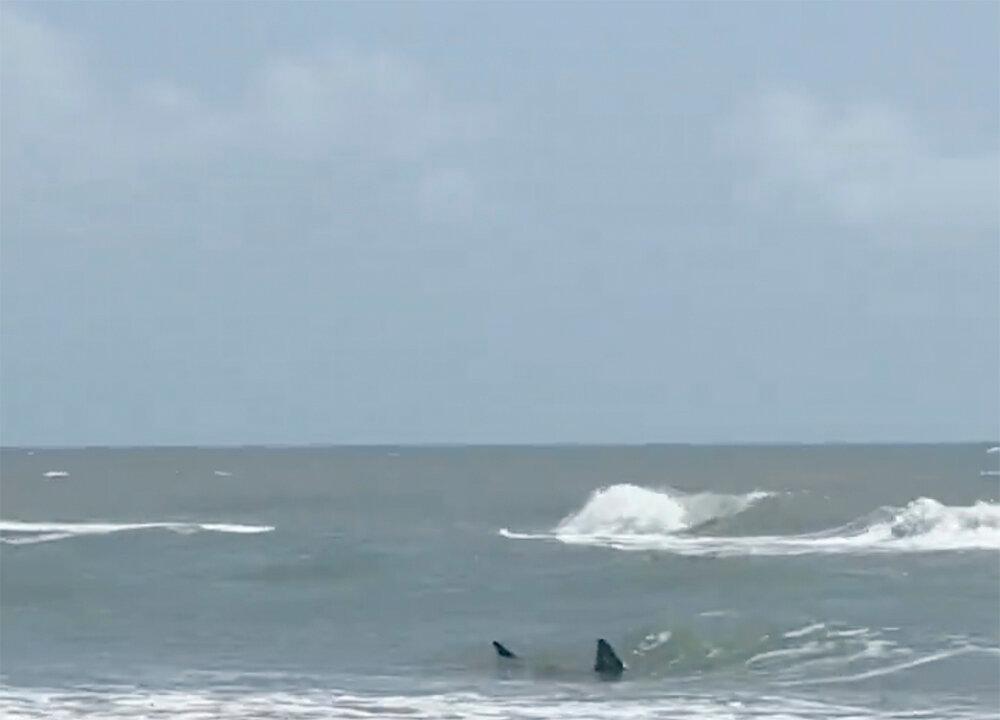The remains of the last known victim of the Green River Killer have finally been identified.
According to a Jan. 22 press release by the King County Sheriff’s Office (KCSO), the last known remains of the Green River Killer case have been identified as those of Tammie Liles, who was reported missing in 1983 at the age of 16.





